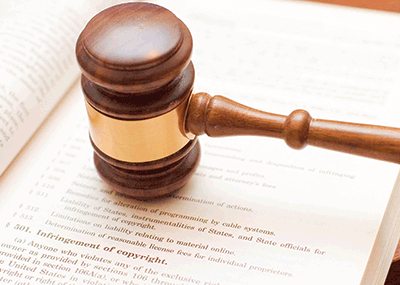Inventors used to have a safety net attached to the time associated with filing a patent, but not anymore. As of March 16, 2013, the U.S. Patent and Trademark Office launched the America Invents Act’s (AIA) first-to-file provision. With the new system, the first one to file a patent application wins the patent right.
The purpose: Certainty, harmony and simplification
The U.S. Patent and Trademark Office’s (USPTO) purpose of switching from first-to invent to first-to-file is to bring greater transparency and harmonization to patent filings around the world. Prior to the AIA first-to-file provision for patents, the United States was the only country using the first-to-invent system.
“Historically, the U.S. has had this first-to-invent approach to patent law. The problem is many other states have a different approach, which is first-to-file. That’s been the international norm,” said Arin Dunn, IP attorney at Dunn and Sheldrick PS.
As Dunn explained it, without the uniformity of a standardized approach, different people are being awarded patents, followed by a battle between countries as to who gets to do what. The filing date is much easier to prove than the invention date. That aside, the patent term was not affected, which is still 20 years from the effective filing date.
The process: File early and often
The first step for any invention is to get the idea down in its most complete form, then find an Intellectual Property (IP) or patent attorney.
Kurt Rylander, intellectual property attorney at Rylander and Associates, said “there’s only one way for inventors to protect themselves – file early and often.”
A provisional patent application can be filed first, then the invention can be tinkered with, then another application can be filed for each new improvement. A provisional application expires in one year if no non-provisional application is filed. The dates of the subsequent filings are important, as well.
According to Rylander, even though anyone could obtain the patent application and file themselves via the USPTO website or through legal portals such as LegalZoom.com, an attorney is recommended.
“You may or may not get it right and, in fact, you may do yourself more harm than good,” he warned. “A patent attorney will draft the application to suit the circumstances.
“What’s the good of a patent that no one could ever infringe?” Rylander added. “You actually want a patent that is covering things that people would do. You don’t want to unnecessarily limit yourself, which is what happens when you file things yourself.”
The challenges: Speed and fairness
Steven Prewitt, IP attorney at Schwabe, Williamson and Wyatt, said that filing speed has been the biggest shift he’s seen with the new system, because quality was the goal with first-to-invent.
“This [new system] feels like a bit of a shift away from that. Now the mission has become speed,” said Prewitt. “We have to get that same quality done in a quicker time period.
“There’s a need to move more quickly, but we didn’t have to have those types of discussions in the past about whether it was going to take three weeks or three months to do something on a patent application,” he added. “There was always this comfort zone or safety net as to when it would be filed. Now everyone’s on edge about not letting things go too far.”
Dunn believes the new provision is likely to benefit larger corporate inventors with multiple attorneys working on patents more quickly.
“First-to-file tends to benefit larger entities, not necessarily the regular people that invent these things,” he said. “Companies probably will be better informed and get better counsel on how to protect [their] rights. It’s not just big versus small, but in this case, whoever learns the rules fast and follows the rules is going to win.”
Perception vs. reality
Prewitt said that the changes he has experienced so far have not been that dramatic, and that even though the perception of the changes seems dramatic, he hasn’t seen much of an impact on his clients.
“With my clients, I’m not seeing any change in their filing strategy. They’re not filing more. They’re not filing quicker. They are aware of it, so now we have the conversation early, but I don’t see the numbers changing dramatically. What I’m seeing is, it’s not as dramatic as people thought it would be, but we’re still in the early stages.”






